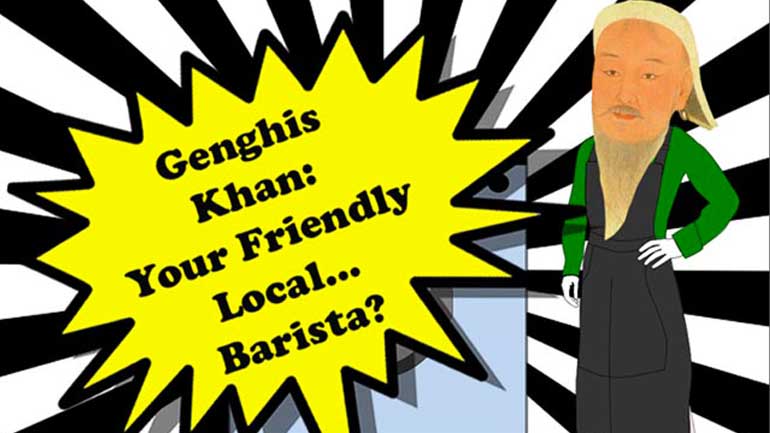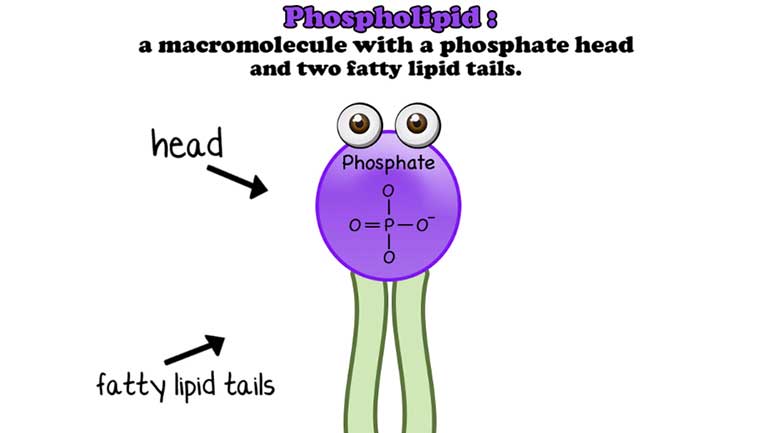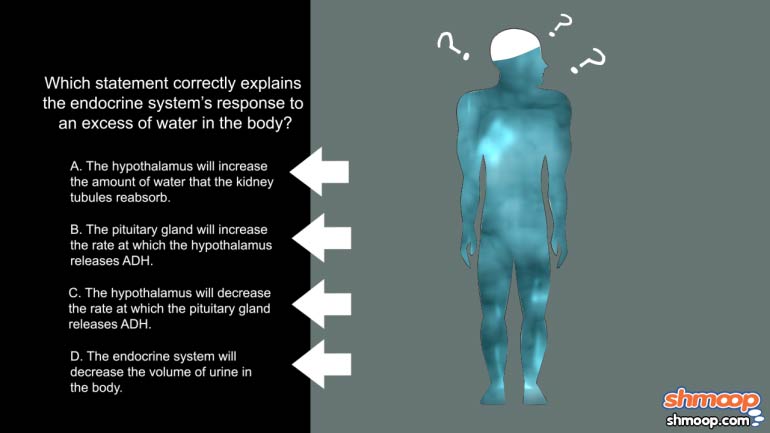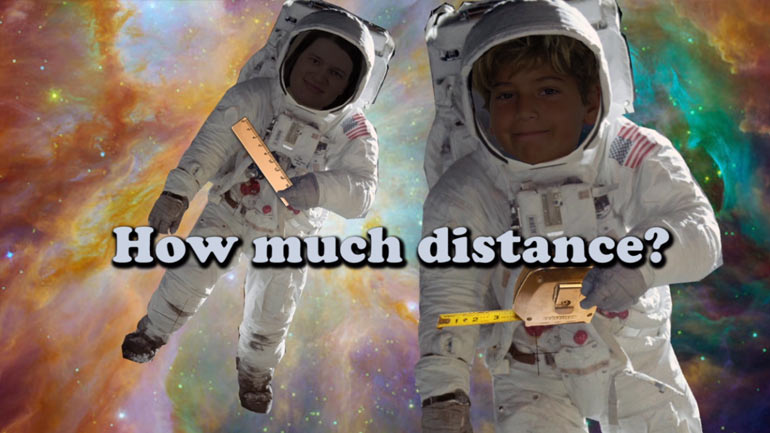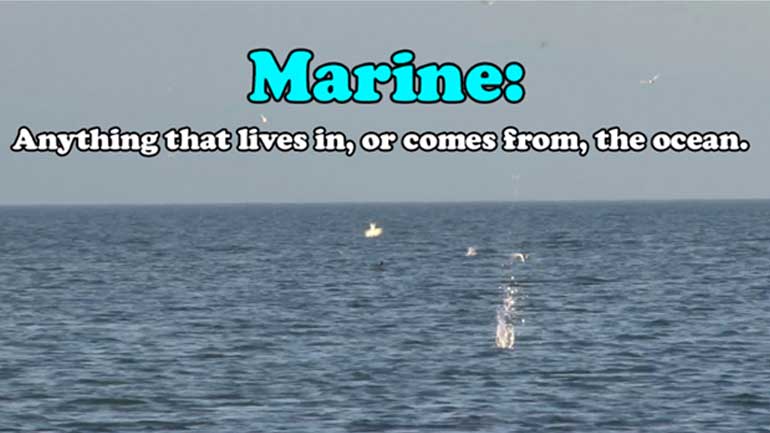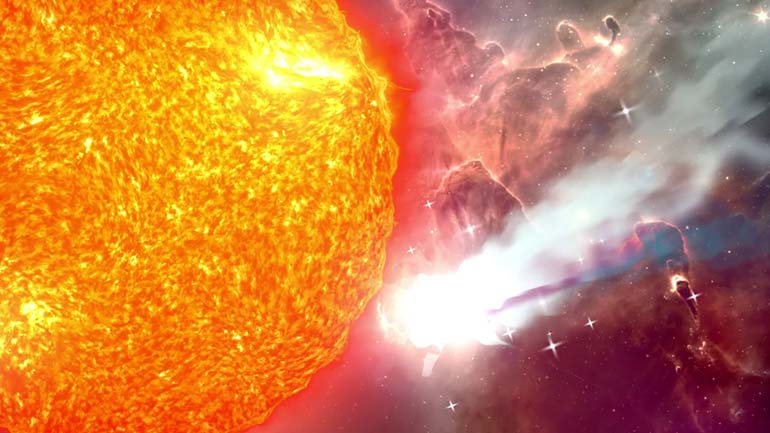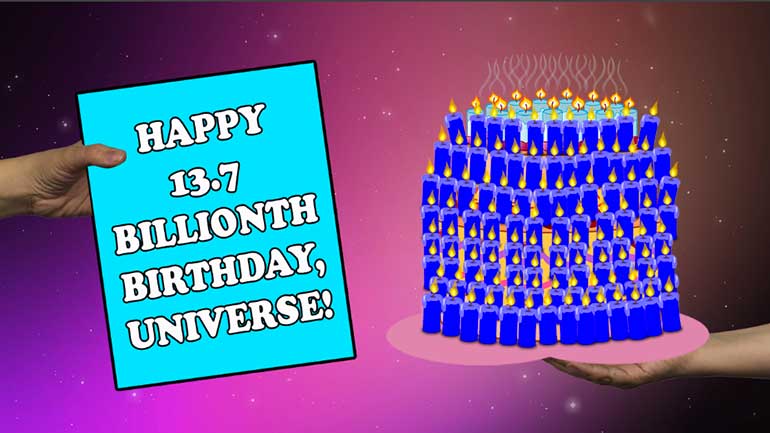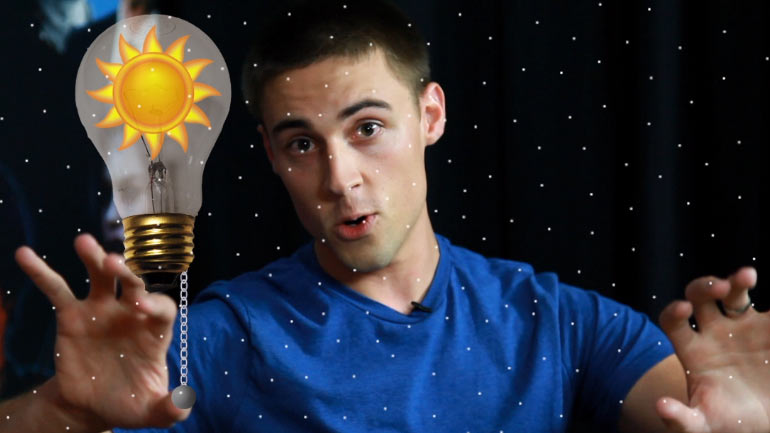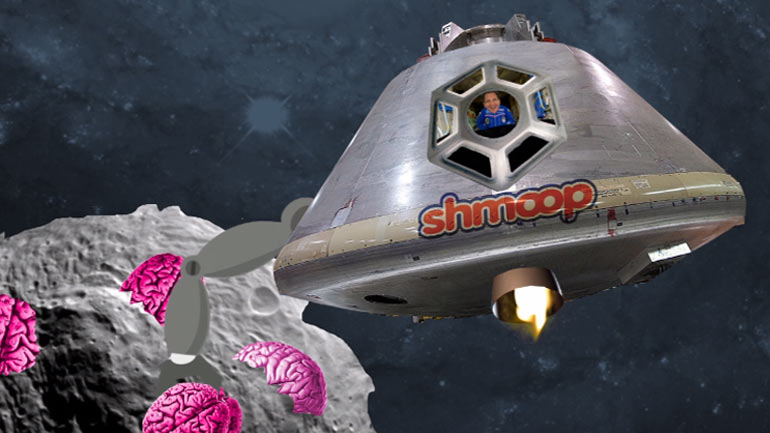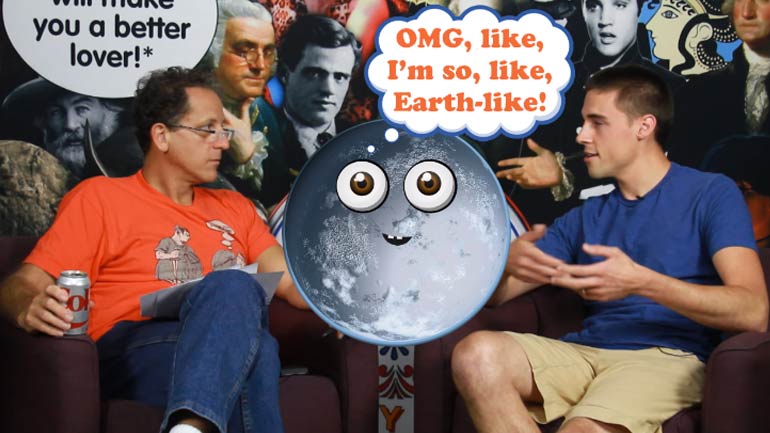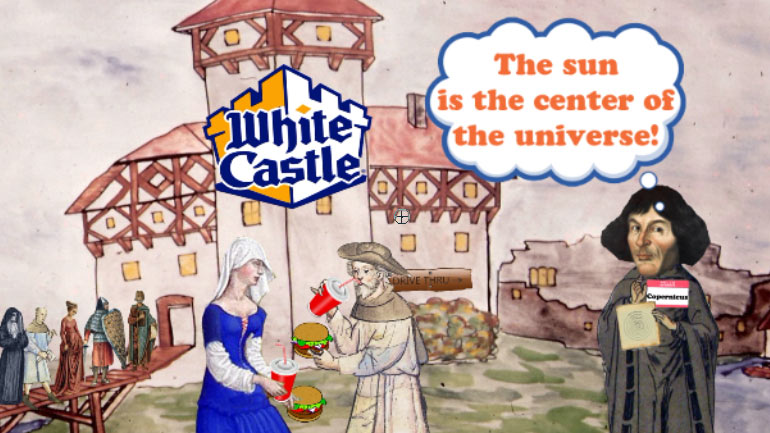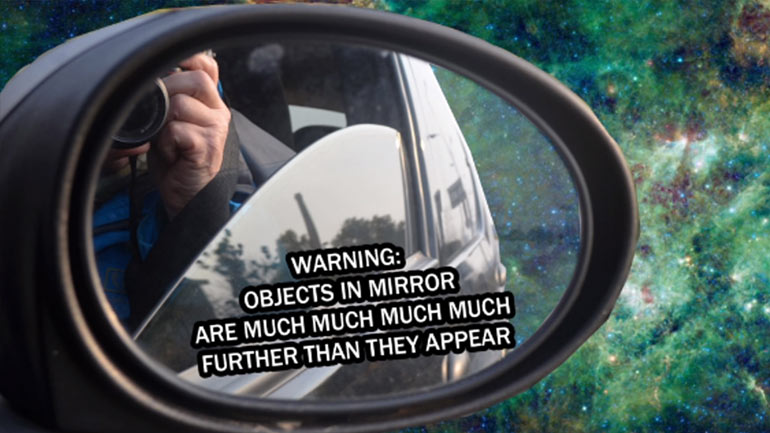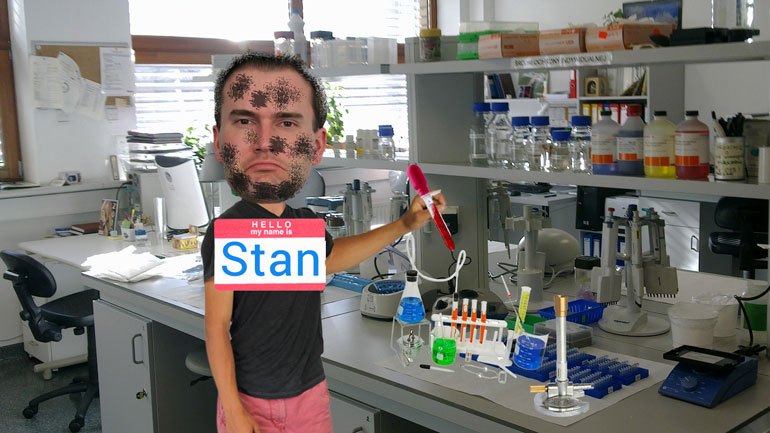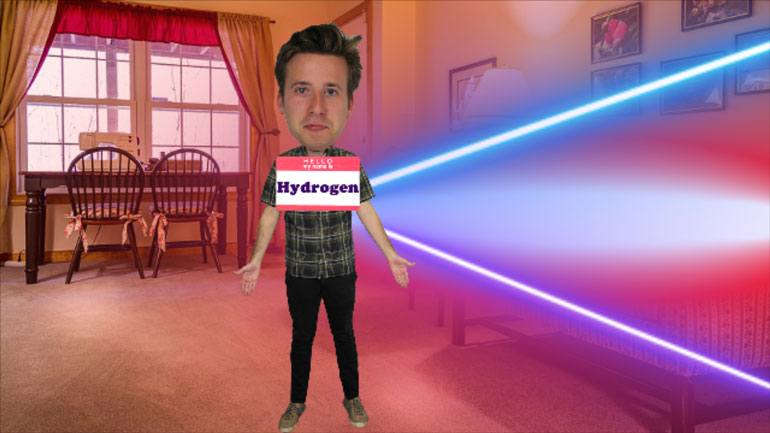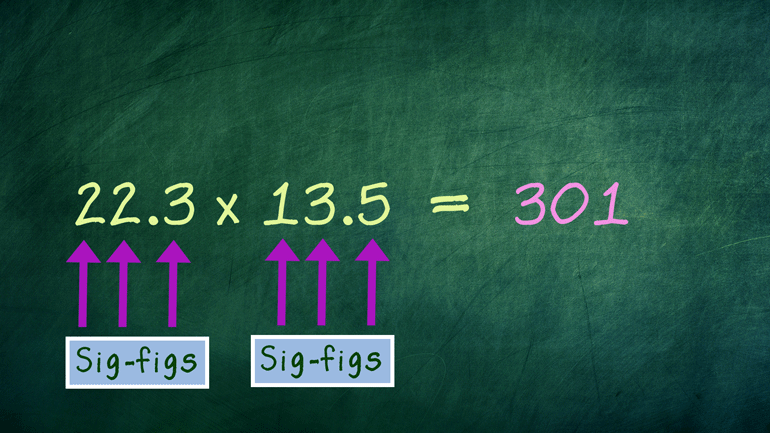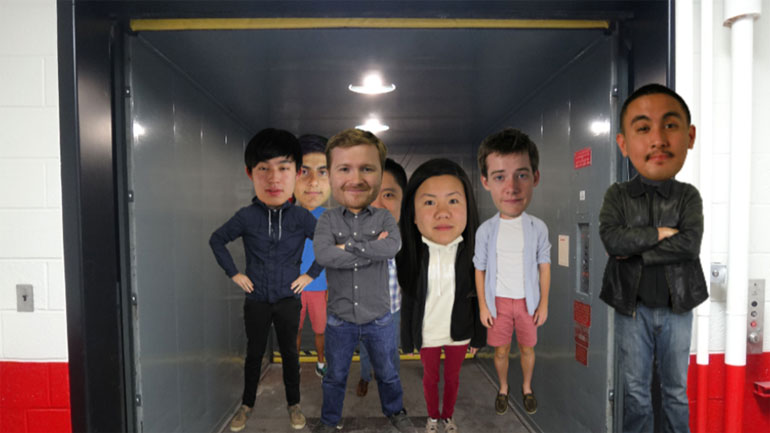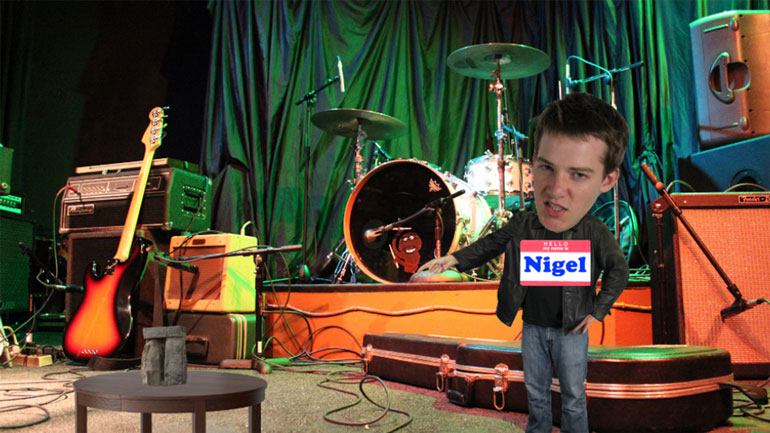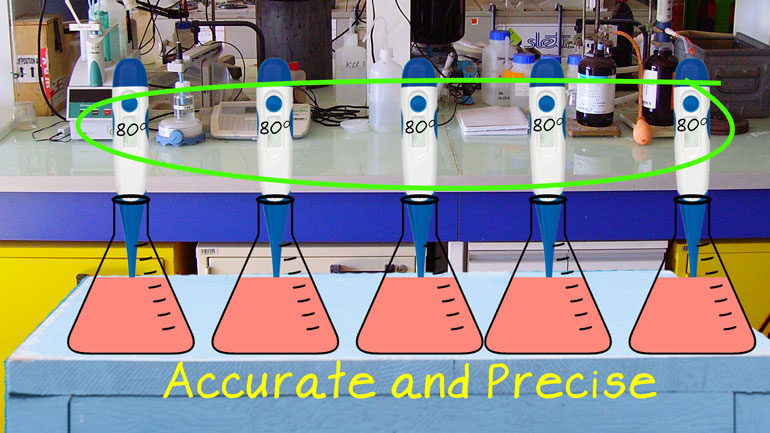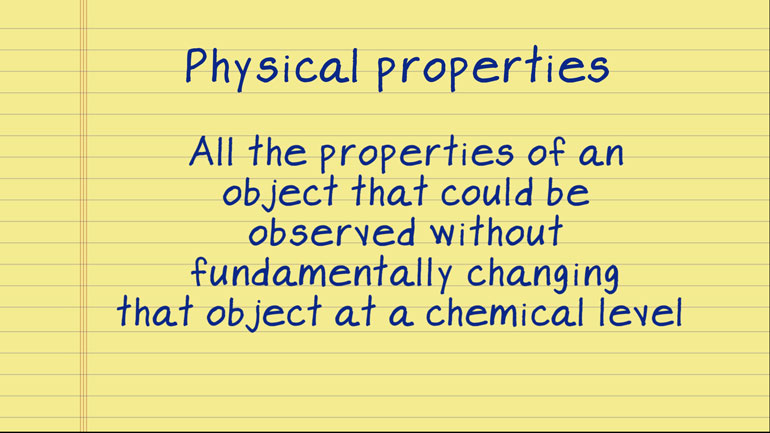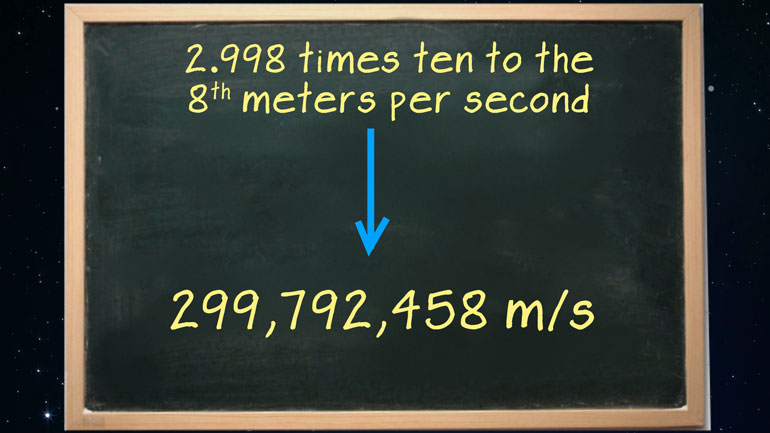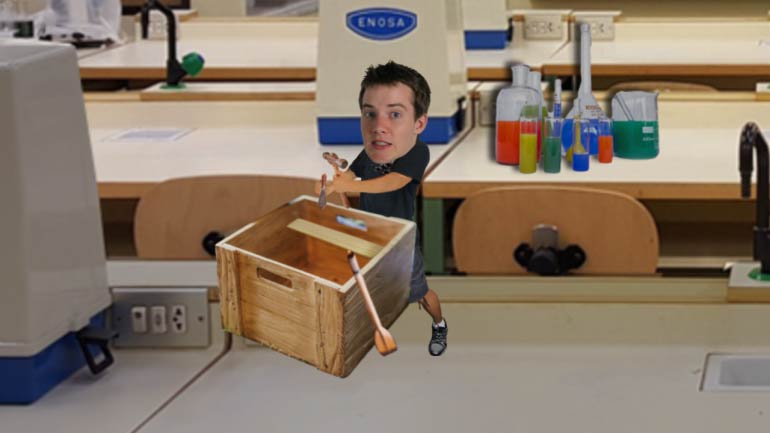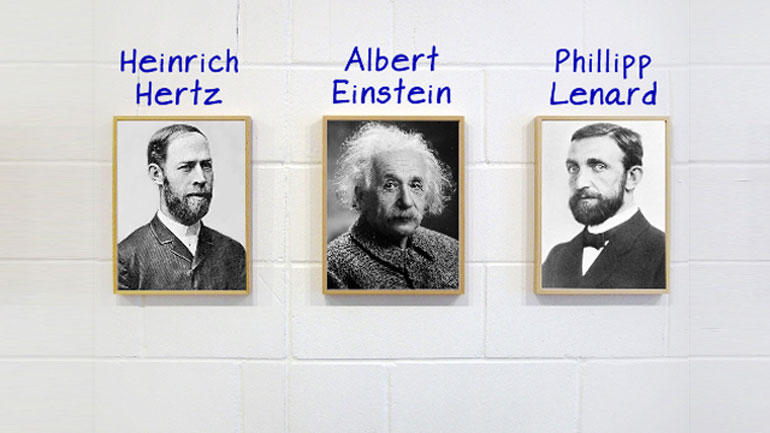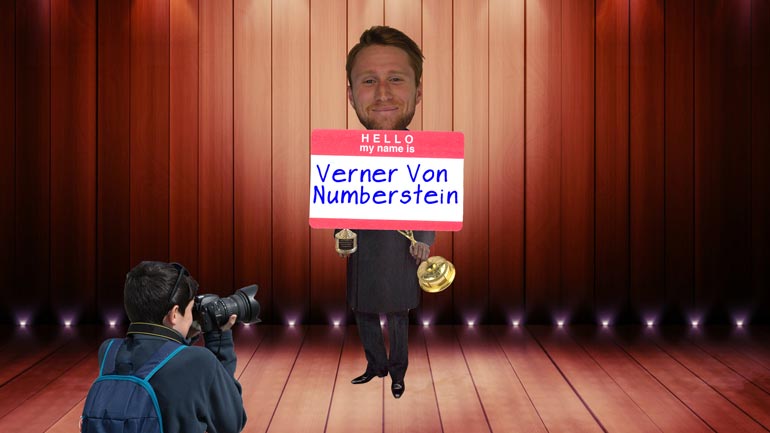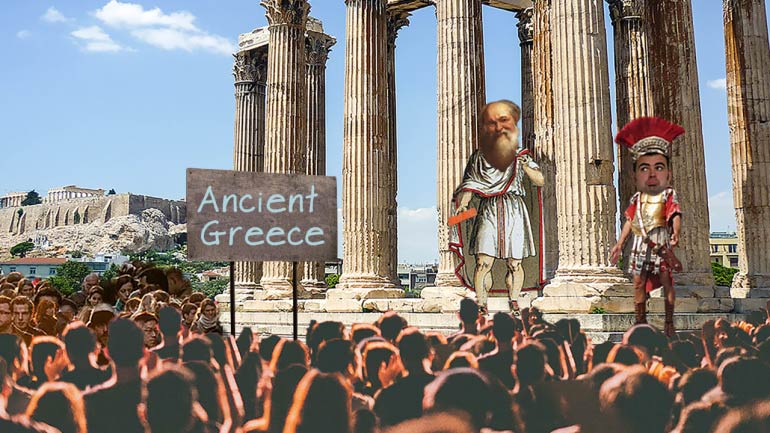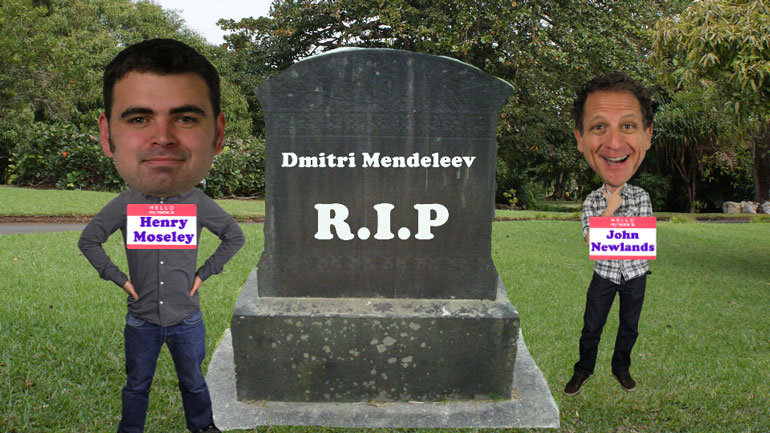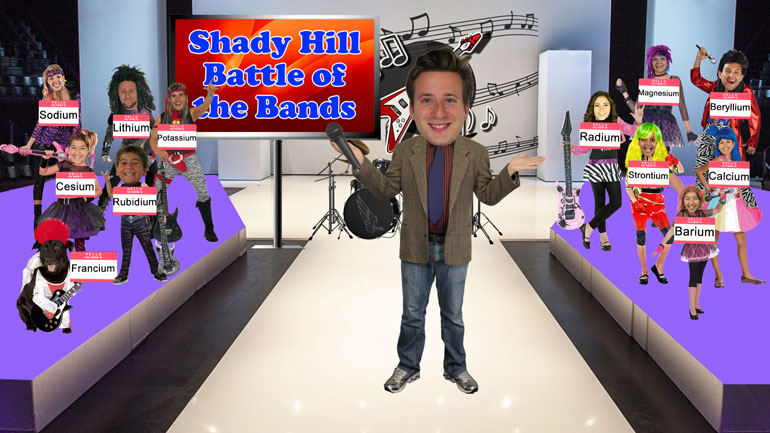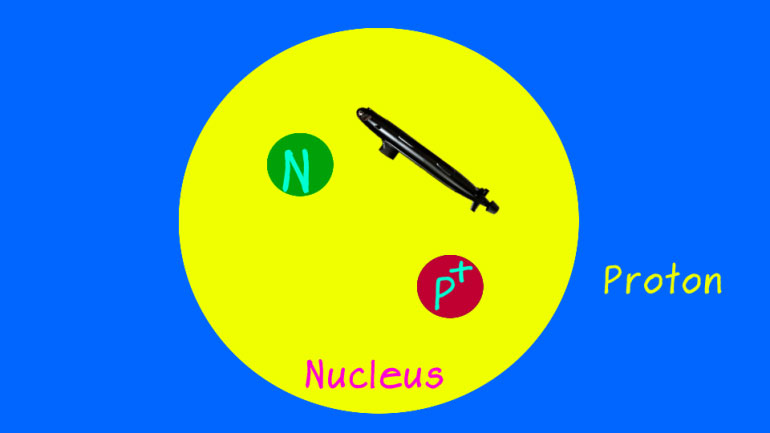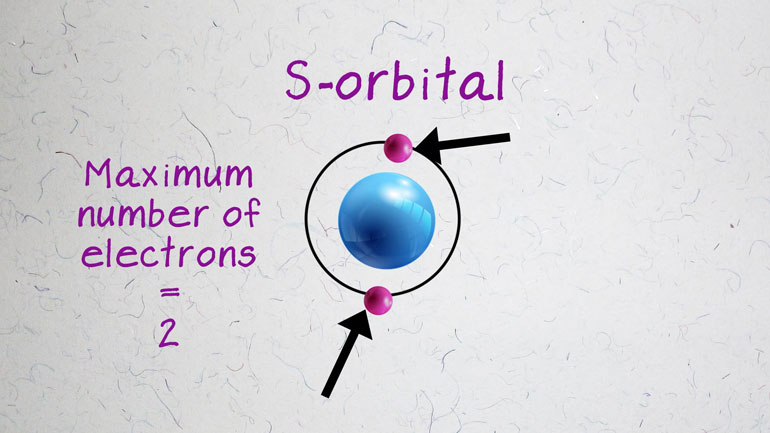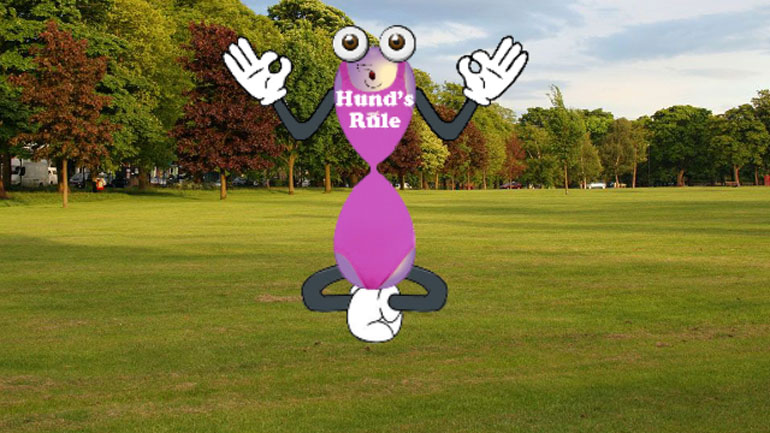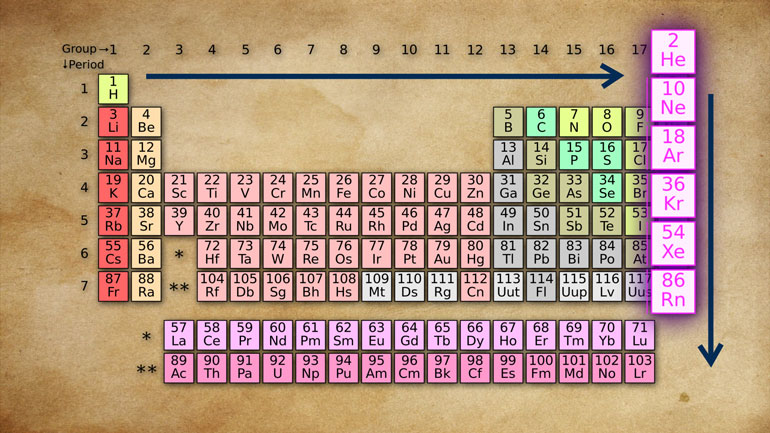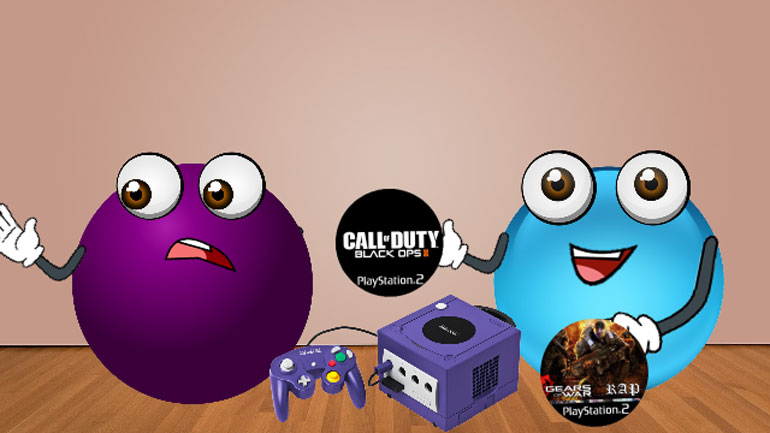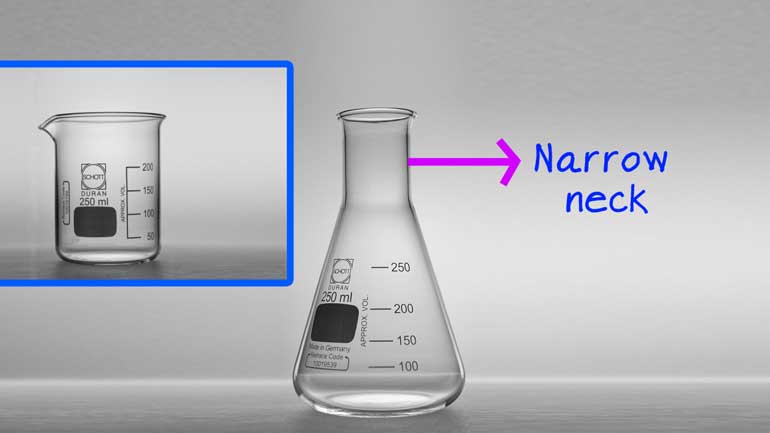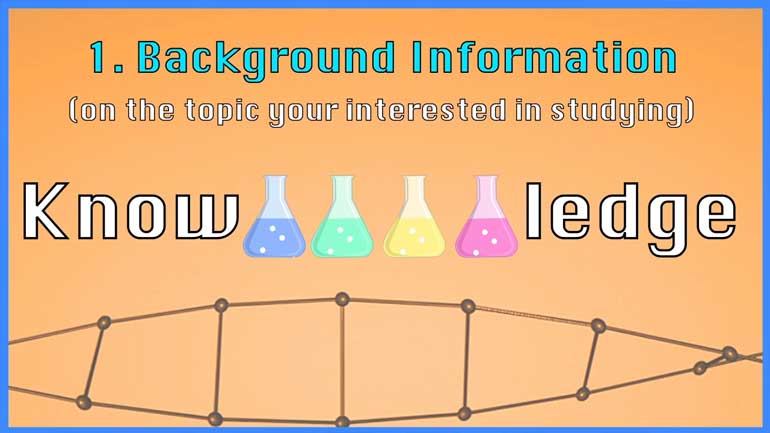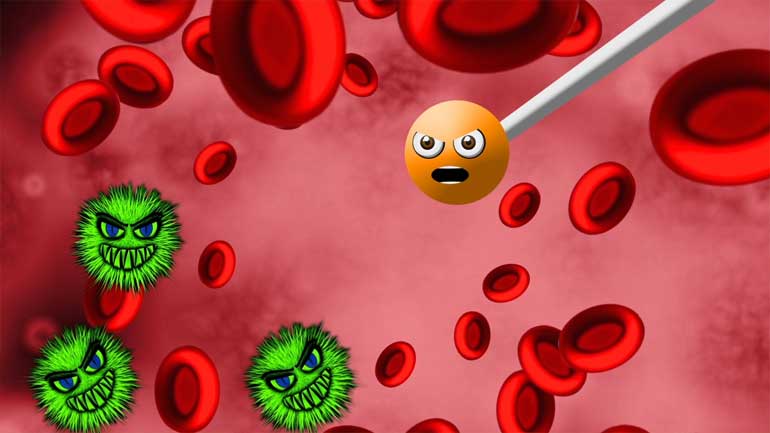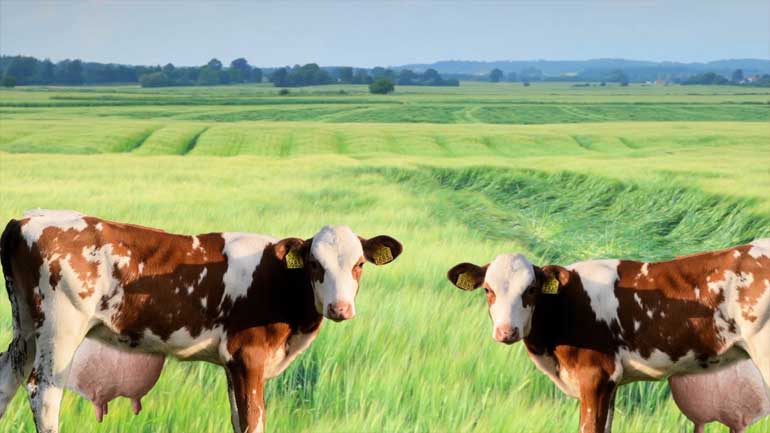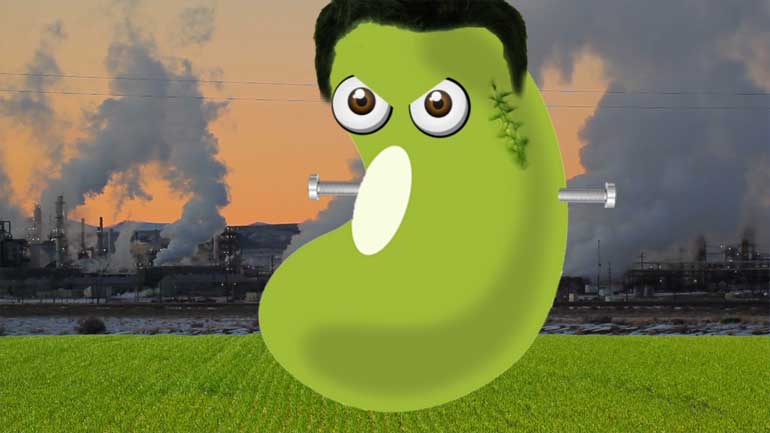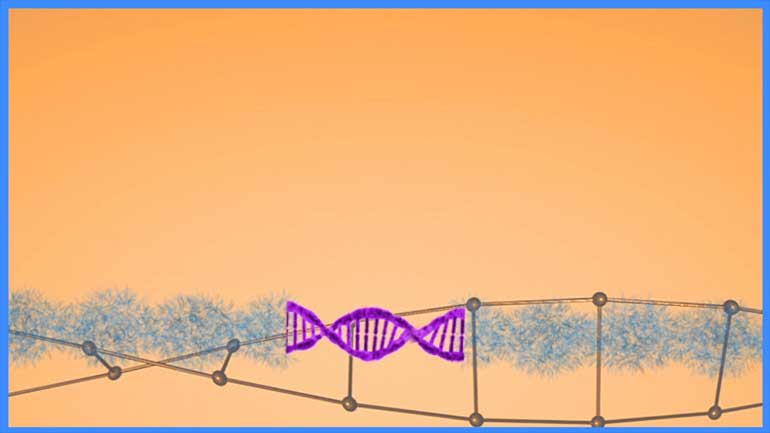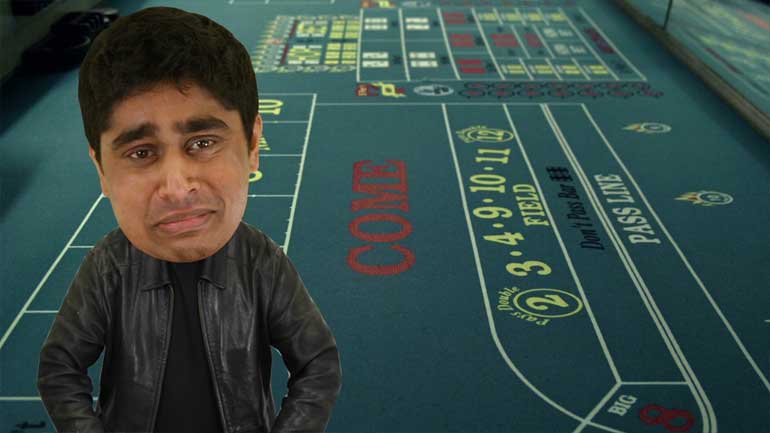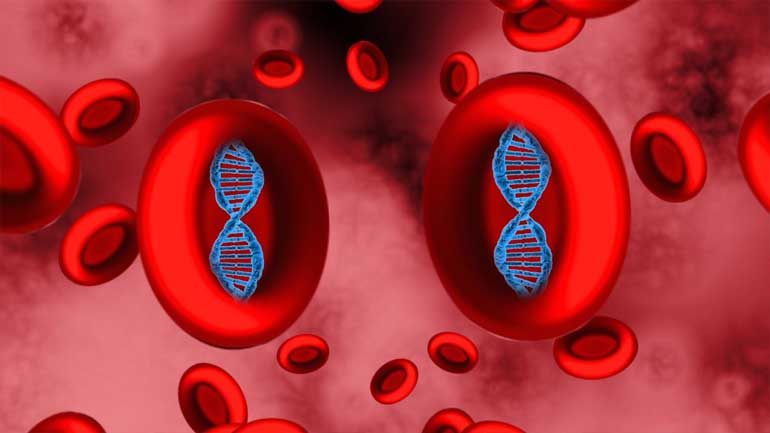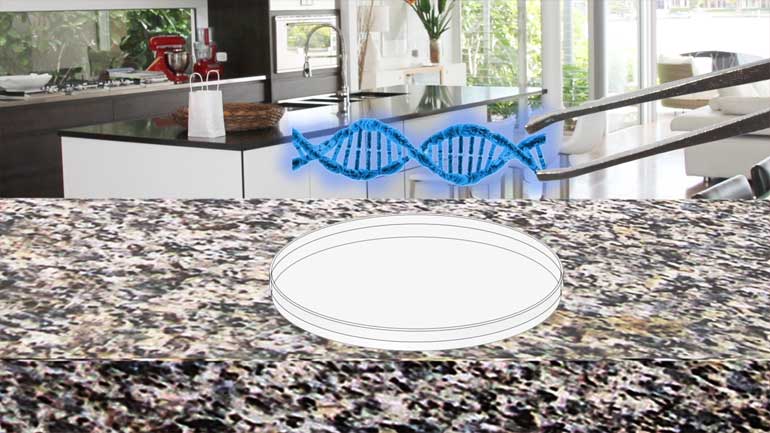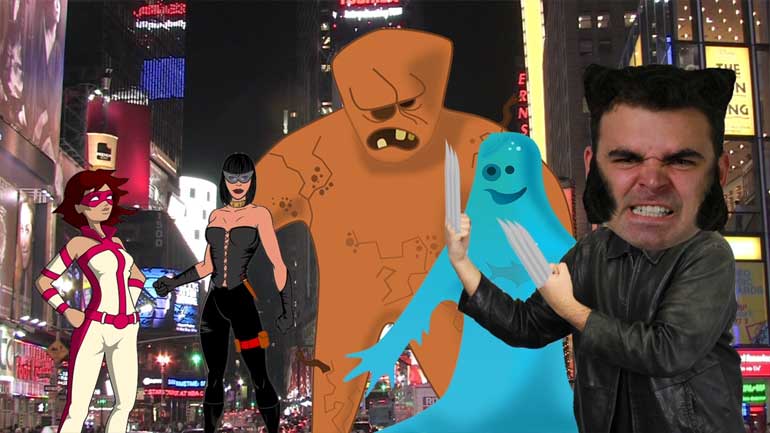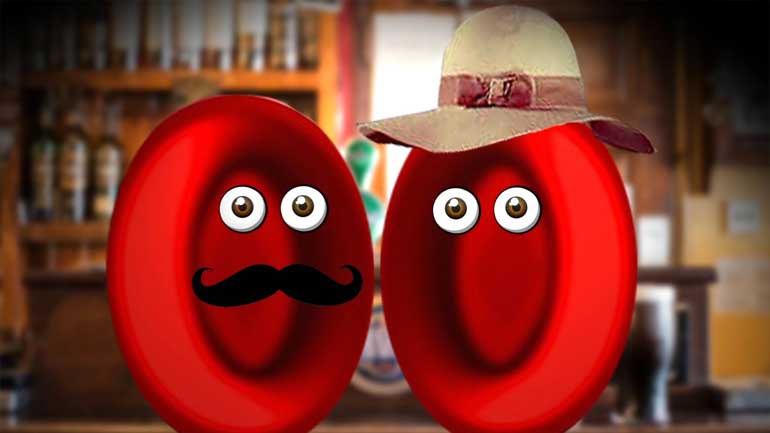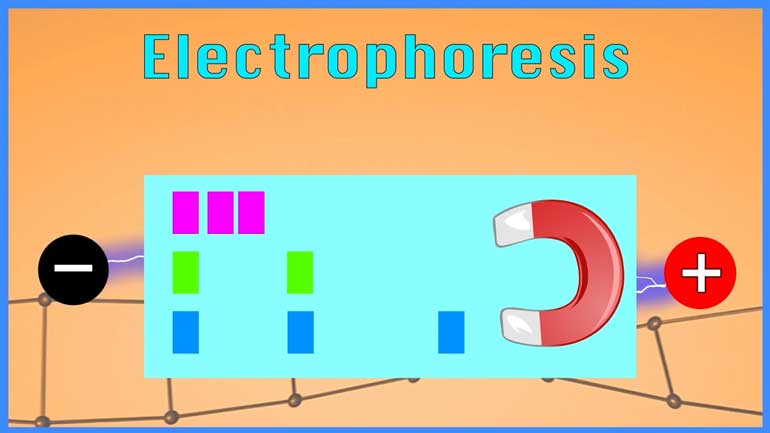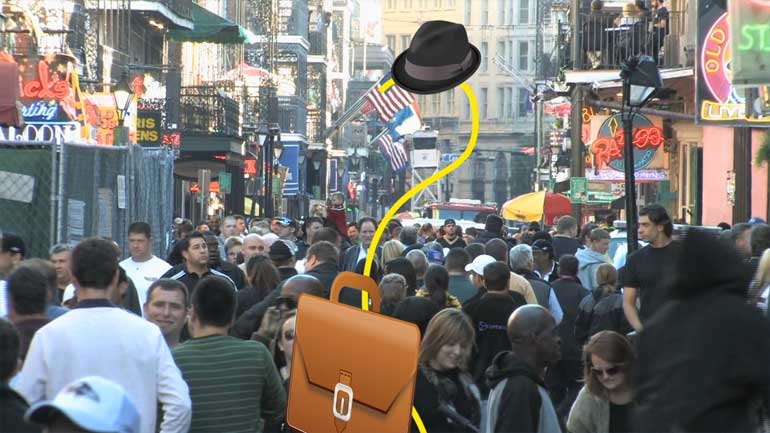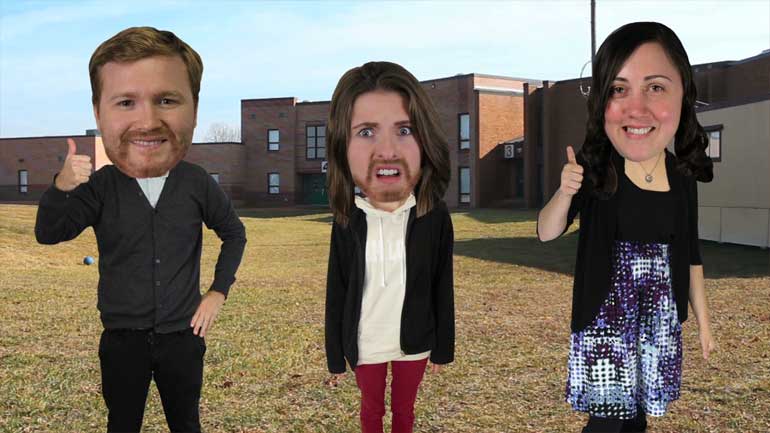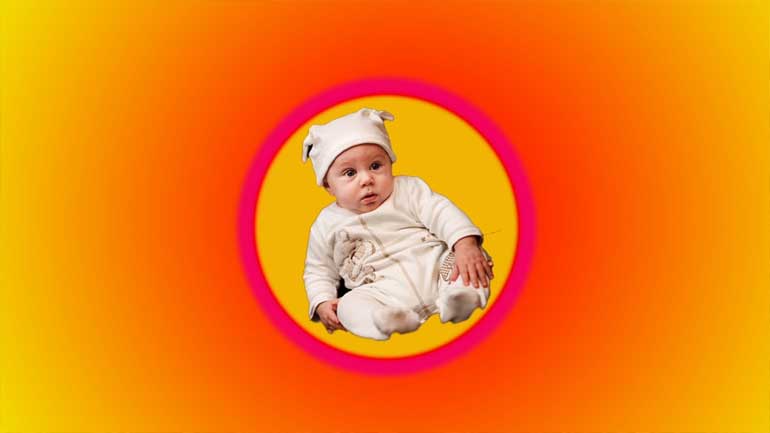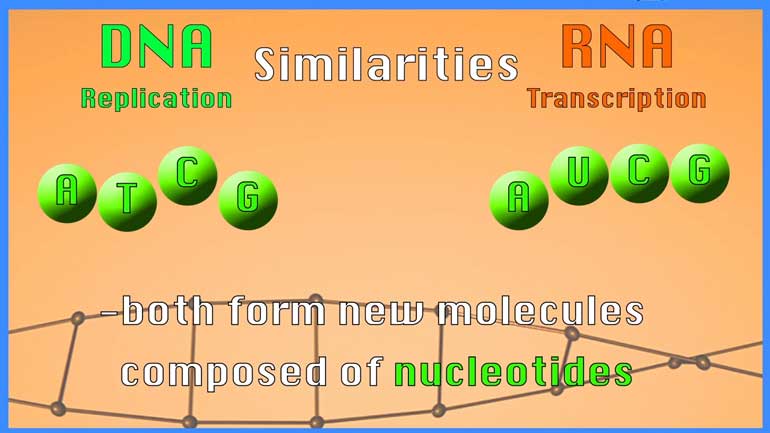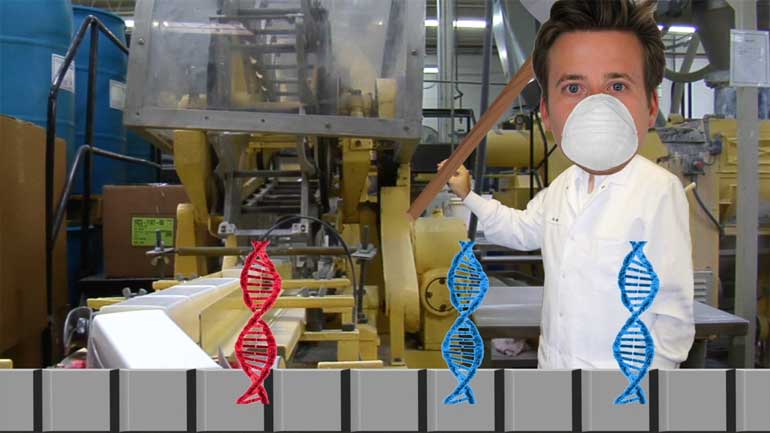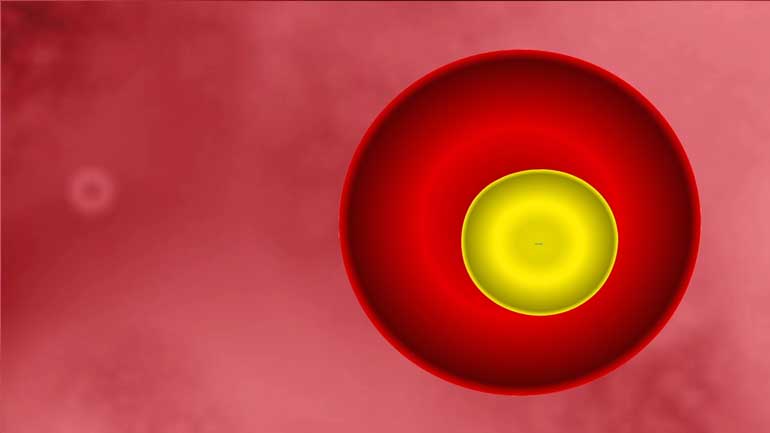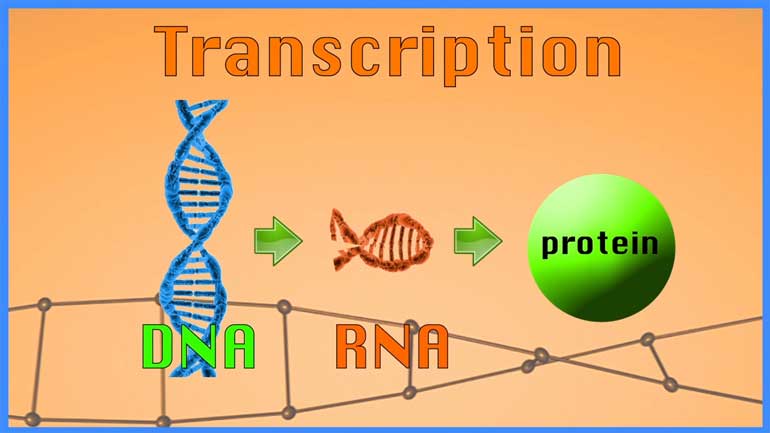ShmoopTube
Where Monty Python meets your 10th grade teacher.
Search Thousands of Shmoop Videos
Science Videos 686 videos
Anything that has a cell (bacteria, listen up!) has phospholipids that keep the cell contained and give it form and shape. Phospholipids protect us...
GMOs. Now that’s a scary word. Or is it? Guess it’s time to ask ourselves: WWMST? ...For those of us who don’t constantly ask ourselves “wh...
Molecular Genetics: Biotech in the Real World 317 Views
Share It!
Description:
In this video from our course on molecular genetics, learn all about biotech in the real world.
Transcript
- 00:00
[ whoosh ]
- 00:01
We speak student!
- 00:03
[ whoosh ]
- 00:07
Molecular Genetics
- 00:08
Applying Biotech in the Real World
Full Transcript
- 00:11
A la Shmoop
- 00:14
[ clears throat ] All right, we're with Dr. Ruth Tennen
- 00:17
talking about biology and we're now gonna cover
- 00:20
applying biotech to the real world.
- 00:22
It's kind of what we've been talking about.
- 00:23
We're gonna take this to the next level.
- 00:25
So, Ruth, how are advances in molecular genetics
- 00:28
applied to medicine?
- 00:29
Walk us through, you know, molecular cloning
- 00:31
and gene therapy and some of the state of the art tools
- 00:34
that we apply these days.
- 00:36
Yeah, absolutely. So, one thing that we kind of got into
- 00:38
a little bit with the idea of making medicines
- 00:39
in bacteria - that's something that requires
- 00:41
recombinant DNA technology.
- 00:43
- Mm-hmm. - So making insulin for diabetes.
- 00:46
There's also -- Artemesinin is a drug that's important
- 00:49
for getting rid of malaria.
- 00:50
So that's something that's now being made in yeast.
- 00:53
So how does that work?
- 00:54
Is it like a blood thing?
- 00:57
Would it be injected into people so they're resistant
- 00:59
to a malaria...?
- 01:01
So, that's a good question.
- 01:01
I think, right now, it's used as a drug after you have it,
- 01:04
have gotten the disease.
- 01:06
But the idea is basically you take the components
- 01:08
that normally would make artemisinin in plants.
- 01:10
That's where it's normally derived from.
- 01:11
And you'd put all those genetic components into yeast cells
- 01:13
and then they would churn out the drug for you.
- 01:15
And then you could just purify the drug
- 01:16
- and give it to people who had malaria. - Hmm.
- 01:18
Wow, that's awesome.
- 01:20
What are some of the other things?
- 01:22
- Gene therapy, diagnosing diseases, vaccines. - Yep.
- 01:24
Can you walk us through a couple of examples
- 01:26
that, you know, are striking your head.
- 01:28
That sort of illustrate how these really, you know, work
- 01:31
- when they work well. - Sure, absolutely.
- 01:32
So, in the gene therapy arena...
- 01:34
So, one thing that people are working on.
- 01:36
People who have hemophilia often have problems.
- 01:38
They have mutations in their clotting factor.
- 01:40
Explain what hemophilia is.
- 01:41
Hemophilia is a blood disorder where your blood can't clot.
- 01:44
So you're at risk of bleeding and bruising and things like that.
- 01:46
- So, one little cut and you can bleed to death - Exactly.
- 01:49
- because you don't -- Okay. - Yep.
- 01:50
So, let's say normally, you have 100% of a clotting factor.
- 01:52
You really only need about 10% and you can function just fine.
- 01:55
And so the idea that you could deliver
- 01:57
using gene therapy. So you put the clotting factor gene
- 02:00
into a plasmid, or into a virus.
- 02:02
And you deliver that to people
- 02:04
and then they'd be able to produce the clotting factor
- 02:05
that they were missing and not have hemophilia anymore.
- 02:09
In terms of disease diagnosis...
- 02:11
So, genetic diseases -- So we know, for example,
- 02:14
that people who have mutations
- 02:15
in the BRCA1 and BRCA2 genes
- 02:16
are at increased risk of breast cancer.
- 02:19
So if you were able to sequence someone's DNA
- 02:21
using these new technologies and say,
- 02:22
"You have that mutation. There's certain preventive
- 02:24
things that you can do to prevent yourself
- 02:27
from getting breast cancer."
- 02:29
Let's say you had a bacterial infection
- 02:31
and you wanted to know which antibiotic to take,
- 02:32
you could sequence the DNA of those bacteria
- 02:34
and you could say, "Oh, this is the right antibiotic for me."
- 02:36
Rather than getting a broad spectrum one.
- 02:39
Wow, cool. And we've talked a bit about
- 02:41
genetically modified plants and agriculture
- 02:44
resistant to pesticides and so on.
- 02:47
How should we think about biotechnology
- 02:50
as applied to agriculture?
- 02:52
I think the major concerns about, sort of, GM crops
- 02:55
are these ecosystem damage things.
- 02:56
So you could imagine that, yeah,
- 02:58
you make a plant that's resistant to pesticides.
- 03:00
But then you keep applying more and more pesticides.
- 03:01
You get these super-weeds that can then spread.
- 03:04
So I think people are trying to be as careful as possible
- 03:06
and kind of cordon off the areas
- 03:08
of the GM crops compared to the regular crops.
- 03:10
But it's definitely something to monitor
- 03:12
and you probably wouldn't see the effects until
- 03:13
- later on. - For a while. Yeah. Okay. Fair enough.
- 03:17
Okay, that was applying biotech in the real world
- 03:19
with Dr. Ruth.
- 03:21
[ whoop ]
- 03:22
How are advances in molecular genetics applied to medicine?
- 03:27
What are other examples of advances in biotech?
- 03:30
Like gene therapy, diagnosing diseases, vaccines.
- 03:33
All that fun stuff.
- 03:35
How should we think about biotechnology
- 03:37
as applied to agriculture?
- 03:42
[ high-pitched group yelling ]
Related Videos
In this video, we dive beneath the sea to review the kinds of interesting animals that live in the deep blue.
Anything that has a cell (bacteria, listen up!) has phospholipids that keep the cell contained and give it form and shape. Phospholipids protect us...
GMOs. Now that’s a scary word. Or is it? Guess it’s time to ask ourselves: WWMST? ...For those of us who don’t constantly ask ourselves “wh...
